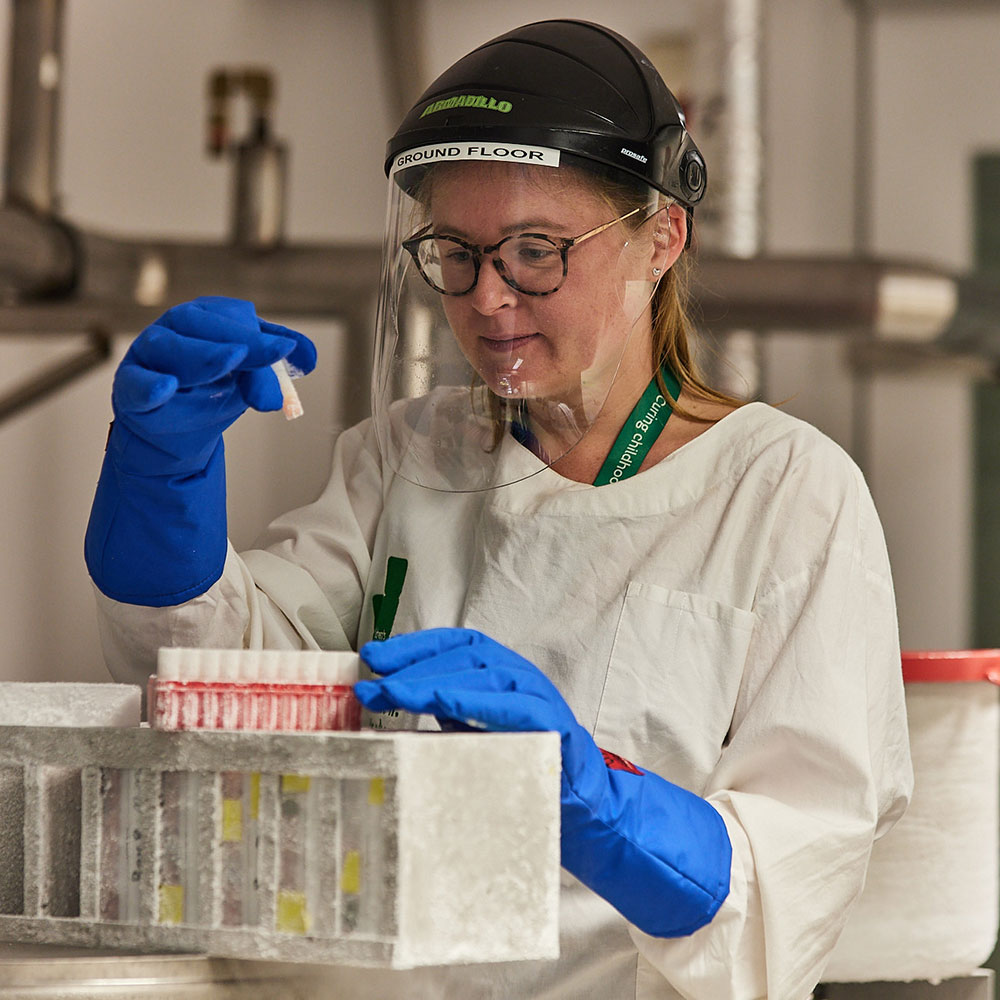Australian-led research has found that a new-generation drug developed to treat an aggressive leukaemia that mainly affects children, T-cell acute lymphoblastic leukemia (T-ALL), has 'excellent potency’ both as a single agent and in combination with other therapies.
Led by researchers at Children’s Cancer Institute in Sydney, and involving New Zealand and Australian collaborators, the study offers fresh hope that a new and much-needed treatment option may be on the horizon for children diagnosed with this disease in the future.
‘Currently, there are not many treatment options for children with T-ALL, and in particular, there are very few, if any, drugs that are effective in children who have relapsed,’ said Associate Professor Charles de Bock, Team Leader at Children's Cancer Institute, a senior author on the paper. ‘As a result, these children have a survival rate of only about 50%.’
Published this month in Blood Cancer Journal, the research involved developing a drug known as ACHM-025 to specifically target T-ALL cells, then testing this drug in preclinical models to evaluate its safety and efficacy. These include highly specialised mouse models known as ‘patient derived xenografts’ or PDXs — mice developed to grow leukaemia cells taken directly from children with T-ALL. Each mouse is engrafted with leukaemia cells from an individual patient and, to all intents and purposes, has that child's disease.
According to Professor Richard Lock, Head of Leukaemia Biology at Children’s Cancer Institute, and co-lead on the study, the results of testing in these living models — some of whom were growing extremely aggressive and treatment-resistant leukaemias derived from patients who experienced a poor outcome — have been nothing short of spectacular.
‘Results of this initial preclinical testing have been extraordinary,’ he said. ‘Compared to the 70+ new agents we’ve tested in our lab over the last 20 years, this one is up there with the best. The fact that it cured many of the mice is highly unusual.’
‘Children diagnosed with T-ALL are routinely given about ten different drugs in combination, over a period of about two years, to attempt cure. In this study, we were able to cure mice engrafted with some of the most aggressive forms of T-ALL with this single drug administered once a week for three weeks.’
In addition to being tested as a single agent, ACHM-025 was also tested in combination with standard of care chemotherapy, with results indicating that even low doses could lead to eradication of disease.
‘These results are very exciting because they help place the drug in a clinically relevant context,’ said Associate Professor de Bock, adding that if ACHM-025 could be used to replace a more toxic [non-targeted] drug in a child’s treatment regimen, this could potentially mean fewer side effects and a higher quality of life for the patient.
‘While we certainly wouldn’t claim that this is the magic bullet for T-ALL, we are hopeful that, in future, this drug could potentially be incorporated into clinical protocols to treat children who have relapsed, to increase their likelihood of cure,’ said Professor Lock.
Before this agent can be used to treat any child with leukaemia, it must undergo extensive testing in human clinical trials. This poses a major challenge, as pharmaceutical companies see T-ALL as an extremely small market and hence are not interested in running clinical trials.
A champion to fund this critical next step is now being sought.
‘We are actively looking for potential partners to bring ACHM-025 to clinical trial in ALL and are excited by the potential for a tumour-agnostic [targeted therapy] approach in the future,’ said Peter Lai MBA, Executive Director of Achilles Medical, the company that developed the drug.
Collaborators on the study included the University of Auckland, Malaghan Institute of Medical Research, UNSW Sydney, Prince of Wales Hospital, and Kids Cancer Centre.
Several funding bodies generously supported the research, including Kids Cancer Alliance, Anthony Rothe Memorial Trust, Leukemia & Lymphoma Society, Snowdome Foundation, and the Leukaemia Foundation.
Consumer representatives were also heavily involved, including Darrin and Sarah Batchelor, and Simon Sleep.
‘We have certainly valued consumer engagement and input over the last few years,’ commented Associate Professor de Bock. ‘Without these families raising awareness and funds, this work could not have been done.’













